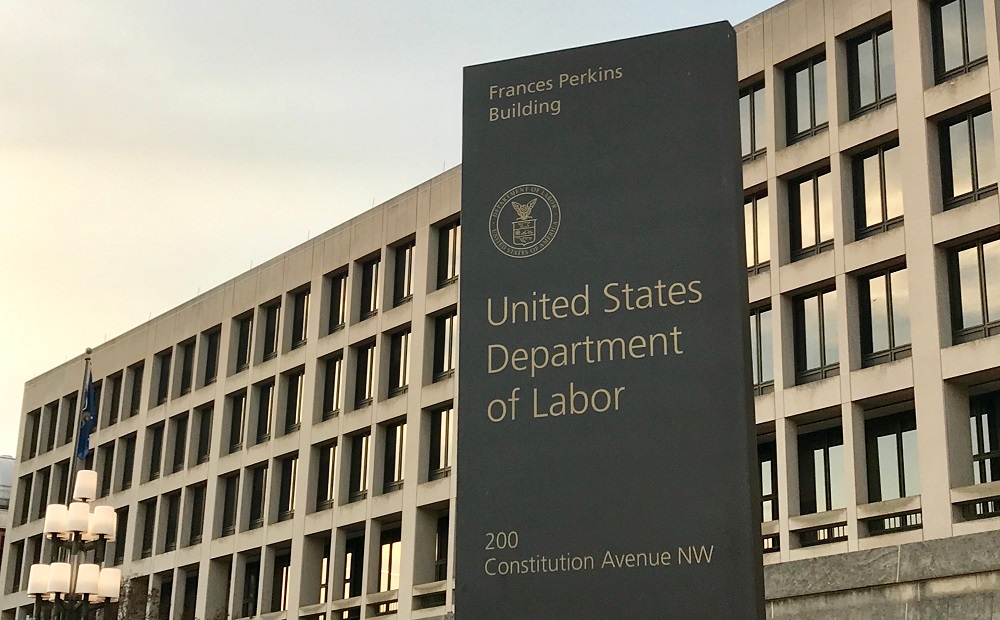On January 9, the Department of Labor (DOL) released its new, final independent contractor classification regulation. It largely follows the proposed rule, imposing an economic reality based on the totality of the circumstances test to determine whether a worker is an employee or an independent contractor. It contains no industry or occupation exceptions or carve-outs. The rule is effective on March 11, 2024.
Generally, the final rule follows (largely without change) the rule as proposed in 2022. It rescinds the 2021 Trump-era worker classification rule. The new final rule is that a worker’s status as an employee or an independent contractor will be determined by an “economic reality” test. Economic reality will be determined on a facts-and-circumstances basis that will assess a worker’s economic dependence on the entity for which the worker is performing work. Six specific factors will be used in doing this analysis. All will be given equal weight in making a final determination. The six factors—each of which is discussed in detail in the final rule—include control exerted by the entity for which the work is performed (or, by the worker doing the work), the opportunity for the worker to experience profit or loss, the worker’s investment in the business, the permanency (which factor includes exclusivity) of the work-hired vs work-performed, whether the work being performed is integral to the business of the entity contracting for the work, and the skill and initiative demonstrated by the worker.
The rule emphasizes that it is designed to return the determination of worker classification status to the case law and sub-regulatory guidance in place prior to the 2021 DOL worker classification rule, which this final rule rescinds. In light of this, the rule’s preamble states, DOL “declines commenter requests to provide any industry-specific or occupation-wide exemptions or carve-outs to the rule.”
The 339-page rule and its preamble provide extensive discussion of each of the six factors, viewing all of them through the prism of whether the worker being analyzed is running his/her own business. In these extensive discussions, DOL notes that certain bright-line factors—like whether or not a worker is permitted (directly or indirectly) to work for more than one entity, or whether the entity contracting for the work must exercise legal oversight of the worker—are only part of the analysis. They will not on their own determine whether a worker is an employee or an independent contractor.
The final worker classification rule (RIN 1235-AA43) modifies the Code of Federal Regulations, Parts 780, 788, and 795. It was promulgated by DOL’s Wage and Hour Division (WHD). It is a complex piece of guidance that will require time for experts to sift through and analyze the degree to which, if any, it may impact insurance and financial advisors (and other industry workers).
The new final worker classification regulation makes repeated claims that it is seeking to clarify and make readily available, rather than change, the pre-2021 rule analysis of whether a worker is an independent contractor or an employee under long-settled case law and sub-regulatory guidance. That suggests that insurance and financial advisors who have long been independent contractors should retain that status. But DOL’s refusal to provide carve-out’s or exceptions is unsettling, as is some of their analysis of the control factor used (among the other five factors) to make the worker classification determination. Further analysis (particularly from insurance carriers) is required before independent insurance and financial advisors can be certain whether the carriers with which they work will treat them as independent or as employees. That will likely take some time to determine.
Prospects: Most observers believe there will be legal (court) challenges to the rule. The courts’ reaction to the rule is uncertain, but will take considerable time—months, if not a year or more—to determine.
It is also likely that Congress will vote on a Congressional Review Act (CRA) resolution to overturn the rule. Sen. Bill Cassidy (R-LA) has already said he will file such a CRA resolution in the Senate. And House Education & the Workforce Committee Chair Rep. Virginia Foxx (R-NC) and Subcommittee on Workforce Protections Chair Rep. Kevin Kiley (R-CA) issued a fiery statement criticizing the rule. They said, “Plain and simple, this rule constitutes a war on the independent contractor model. Working Americans should have the flexibility to earn a living as they see fit, unburdened by the Biden administration and its anti-worker agenda.” However, so far Republican-only dissatisfaction with the rule makes uncertain passage of a CRA resolution overturning it. And even if Congress does pass a CRA resolution undoing this final worker classification rule, President Biden is likely to veto it.
NAIFA Staff Contacts: Diane Boyle – Senior Vice President – Government Relations, at DBoyle@naifa.org; or Michael Hedge – Senior Director – Government Relations, at mhedge@naifa.org.






.png?width=600&height=90&name=Support%20IFAPAC%20%20(600%20%C3%97%2090%20px).png)
